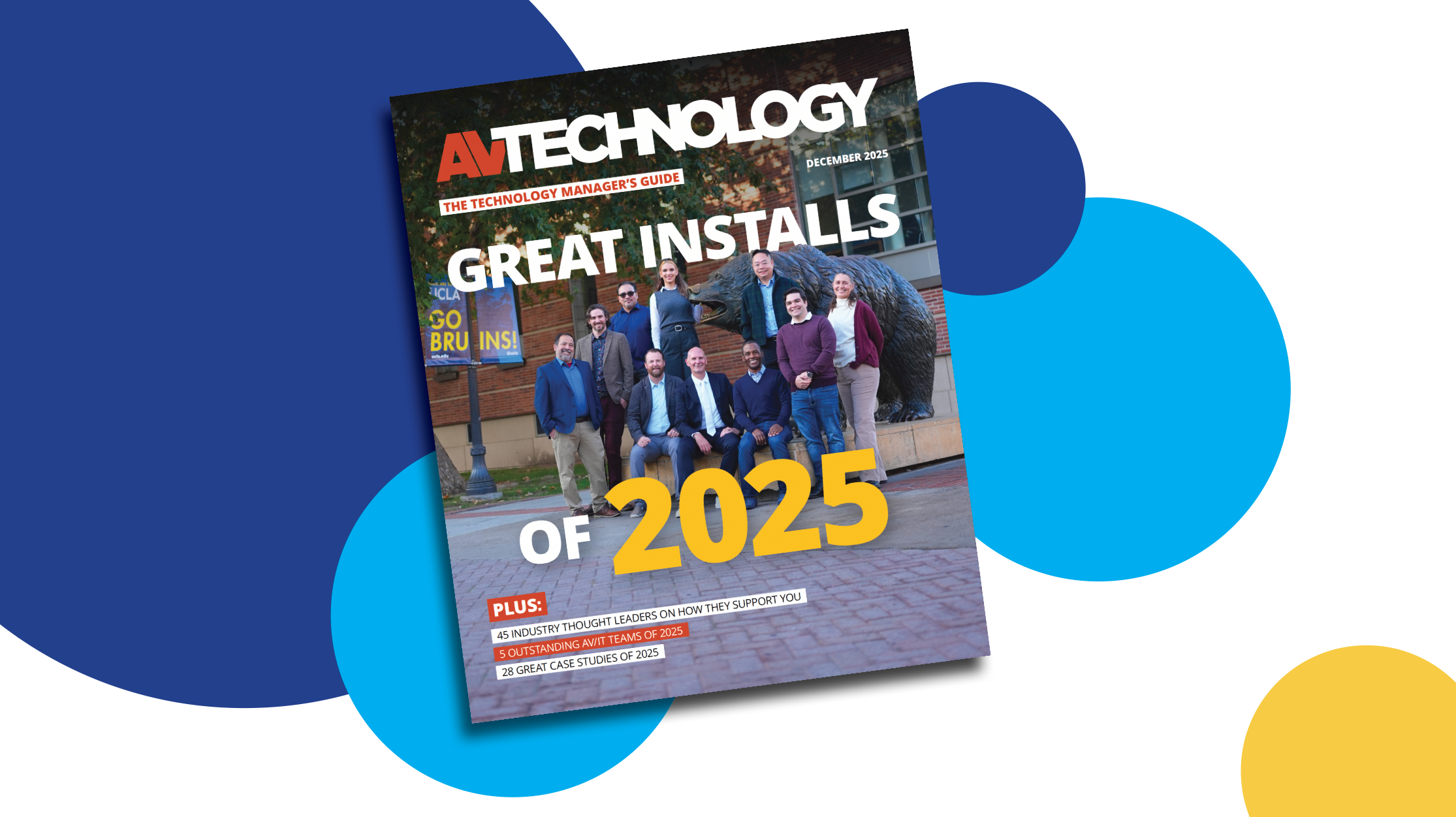Roadmap 2023: Nanolumens
Brice McPheeters, Vice President of Product and Planning at Nanolumens, shares exclusive insight into the company's 2023 Roadmap. Part of AV Technology's Thought Leader Series.

AVT Question: Please share insight into your company's roadmap for 2023.
Thought Leader: Brice McPheeters, Vice President of Product and Planning at Nanolumens
We’ve seen the dvLED market transform over the last five to 10 years. What once was a mysterious “new” technology has become mainstream. This mainstreaming of dvLED technology has expanded the scope in which displays are specified, from short-term LCD replacement use cases through to complex, critical displays such as ride systems or control rooms. This shift has caused us to split our traditional product lines based on the intended use, with a shorter life cycle, budget-conscious display and a secondary line focused on longevity and higher video performance.
The mainstreaming of dvLED technology has expanded the scope in which displays are specified, from short-term LCD replacement use cases through to complex, critical displays such as ride systems or control rooms." —Brice McPheeters, Vice President of Product and Planning at Nanolumens
For the standard market focus, customers are looking for budget-minded solutions that are simple to install with rapid turnaround. These unique requirements are driving manufacturers to focus on ease of implementation, which includes removing potential supply chain disruptions, to ease of design and specification. Efforts such as reducing components and increasing cross-platform compatibility means more products can be stocked. With less differences in design, parts can be interchangeable across versions, minimizing service and support.
For the performance-focused market, the demand is different. We’re seeing the pixel pitch race dwindling. Manufacturers are shifting to things like efficiency, lowering the power requirement, and decreasing power demand for displays. We see the importance put on video performance, color representation, and gray scale. Gray scale has long been a nemesis of dvLED displays due to the way LEDs are driven. Optimization of the architecture and advancements in the processing itself are now driving performance. Another important factor is color space. With consumer displays now reaching the Rec. 2020 color space, content, and the ability to deliver that content is starting to surface and become more common, causing manufacturers to move up into P3 and Rec. 2020 color spaces.
A daily selection of features, industry news, and analysis for tech managers. Sign up below.

Cindy Davis is the brand and content director of AV Technology (AVT). She was a critical member of the AVT editorial team when the title won the “Best Media Brand” laurel in the 2018 SIIA Jesse H. Neal Awards. Davis moderates several monthly AV/IT roundtables and enjoys facilitating and engaging in deeper conversations about the complex topics shaping the ever-evolving AV/IT industry. She explores the ethos of collaboration, hybrid workplaces, experiential spaces, and artificial intelligence to share with readers. Previously, she developed the TechDecisions brand of content sites for EH Publishing, named one of the “10 Great Business Media Websites” by B2B Media Business magazine. For more than 25 years, Davis has developed and delivered multiplatform content for AV/IT B2B and consumer electronics B2C publications, associations, and companies. A lifelong New Englander, Davis makes time for coastal hikes with her husband, Gary, and their Vizsla rescue, Dixie, sailing on one of Gloucester’s great schooners and sampling local IPAs. Connect with her on LinkedIn.
